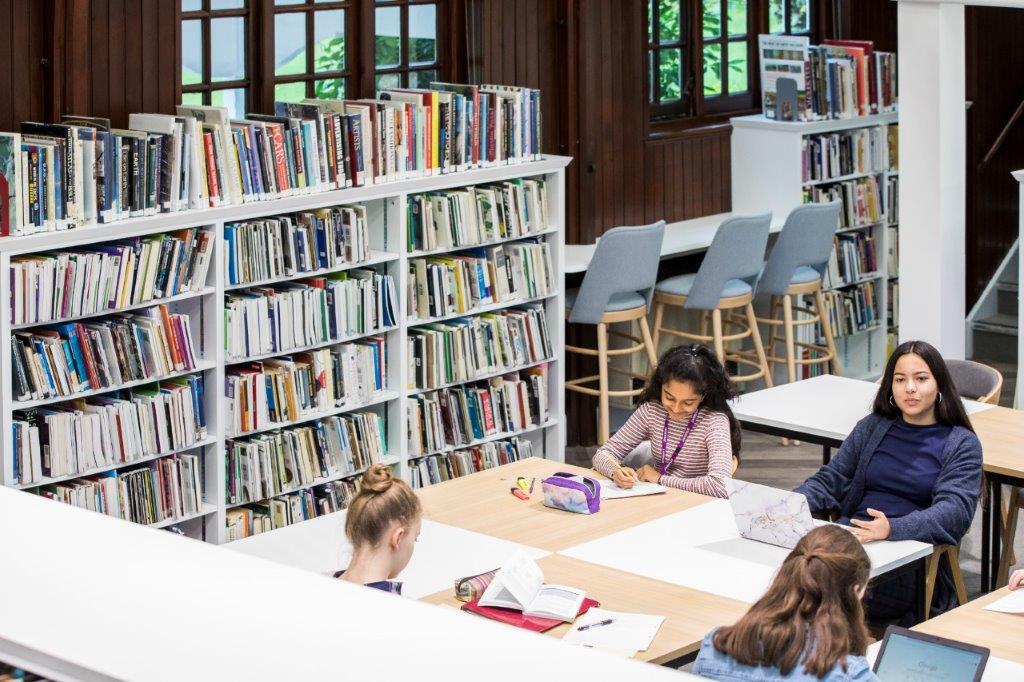Whilst modern education is becoming increasingly sympathetic to the notion that test results might not be the only measure of a student’s success, schooling is still predominantly weighted towards maximising exam grades. There is however, the glimpse of a revolution on the horizon.
Schools are recognising the benefits of producing well rounded individuals, fully equipped to deal with a lifetime of employment in the modern world. It’s increasingly important that educators recognise the students of today as the professionals of tomorrow, and that modern students possess the relevant attributes required to maximise their potential in the competitive world of employment. It’s the responsibility of schools and teachers to not only impart knowledge, but provide opportunities to develop the key skills most in demand in the so called ‘real world’.
But how do we achieve this? Is it possible to provide a learning environment that prepares a young student for their chosen future career? A key consideration is the attributes to be refined. According to LinkedIn, the 3 most in-demand skills of 2019 are: time management, adaptability and creativity. Consideration must therefore be given to providing not only opportunities to hone and flex these qualities, but ensuring that the learning environment is correctly catering for the nurture of these crucial abilities.
We briefly break down each of these 3 desirable characteristics and explore how specifically designed spaces can be tailored to promote growth within each key area.
Time Management:
Developing effective time management in schools requires ample opportunities for self-directed learning. Removing the constraints of a traditional lesson structure, and allowing regular occasions for self-directed activities, will teach pupils the all-important skill of effectively managing time. In order for this independent learning to occur successfully, the environment must provide the resources to cater for the learning needs. Even the simplest resources, such as stationary and textbooks, should be instantly at hand to minimise disruption in the flow of independent learning. All educational resources should be clearly labelled and accessible to all. In order to create a simulating and inspiring atmosphere in which to work independently, display boards should be regularly updated and exhibit relevant examples of both ongoing, and completed, independent projects. Private study areas that minimise disturbance ensure that pupils are able to focus their attentions solely on their work, minimising potential disruption from others.
Adaptability:
Adaptability is crucially centred around being able to apply knowledge to new situations. It is about providing opportunities to solve problems. Children should be participating in lessons designed to facilitate structured occasions for failure, thus nurturing an ethos of reliance and grit. This ethos is largely promoted within the class culture, but the design environment can play a crucial role. Moveable furniture helps to create a classroom without boundaries and provides regular occasions for adaptable teaching. The very best lessons are driven by the enthusiasm of the students, and an inflexible learning environment shouldn’t hinder or dilute this enthusiasm. In a similar vein, flexible seating can encourage the positive movement of pupils within a setting, helping to create a culture where sharing opinions and experiences is valued and encouraged.CreativityCreativity is often unfairly dismissed as being more relevant to certain subjects than others. But a school with creativity embedded at its heart, not simply hinted at within the obvious subjects, is sure to produce pupils who display greater signs of resourcefulness and ingenuity.
All classrooms should consider how they can make their environment creatively stimulating; Maths labs should prick curiosity; English rooms should display texts to stimulate the imagination. Every item of furniture in every room should be there for a purpose, resources in every subject should be accessible to allow for regular and easy investigation. Children’s creativity allows them to take their learning to undetermined heights, and this should be harnessed at every opportunity.
To complement these 3 key modern day skills, we have added one last additional ability of our own: mastery. To truly show in-depth knowledge of a subject or situation, pupils should be aiming for high-level mastery. Design can help immensely with this, especially within the STEM subjects. By providing pupils with the tools and environment that they need to dissect and explore new concepts and theories, children can understand a topic in far greater depth than has ever previously been possible.If you’ve got a school refurbishment project you’d like to discuss with us, please get in touch to discuss your requirements.



